In the world of business, there is often a lot of consfusion regarding the importance of marketing and public relations (PR). For many, these terms are interchangeable—two sides of the same shiny, brand-building coin. But if this is your stance, you’re not just wrong; you’re leaving a lot of money and opportunity on the table.
Marketing and PR are not the same thing. They’re more like two members of a highly effective, slightly dysfunctional band. One handles the often short-term goal of service and product communication (often sales), while the other manages a businesses long-term reputation and hype. To succeed in brand building, you need both.
Let’s explore this a little deeper.
Marketing vs. PR: The Ultimate Showdown 🥊
At its core, marketing is about promoting and selling a product or service. It’s what you say about yourself to get people to buy from you. Think of it as a direct conversation with your potential customer. Marketing is a proactive, paid (or organic), and measurable activity.
Key examples of marketing include:
- Google Ads: Paying to appear at the top of search results.
- Social Media Campaigns: Running targeted ads on Facebook or Instagram.
- Email Marketing: Sending newsletters to your subscriber list with a clear call-to-action.
- Content Marketing: Creating blog posts, videos, or podcasts that attract and convert an audience.
In short, marketing is about ROI, conversions, and sales funnels. It’s the engine that drives revenue.
On the flip side, public relations is about managing your brand’s reputation and building trust. It’s what other people say about you. This is earned media, not paid media. PR focuses on building goodwill, credibility, and long-term relationships with the public, media, and key stakeholders.
Key examples of PR include:
- Media Relations: Pitching a story about your company to a journalist or a reputable publication like Forbes, The New York Times or like the articles I have featured on GQ South Africa.
- Crisis Management: Handling a negative news story or public backlash.
- Thought Leadership: Positioning your CEO as an expert in their field through speaking engagements and interviews like you’d do on LinkedIn, radio and more.
- Community Engagement: Sponsoring a local charity event.
PR is about influence, perception, and credibility. It’s the halo effect that makes everything else you do work better.
Why They Need to Hold Hands and Play Nicely
While their goals and methods differ, a truly powerful brand integrates both marketing and PR. Think of it as a one-two punch: marketing delivers the immediate sale, and PR ensures the customer trusts you enough to stick around.
Case Study: The Rise of a DTC Brand
Let’s take my DTC brand Filosofee for example. My goal is to sell products that speak on behalf of you as well as accessories that enhance the professionals experience in a non-serious way. A marketing strategy I may adope can involve:
- Marketing Strategy: Launching a series of slick, targeted Instagram ads showcasing our latest apparel. We run a “10% off your first order” campaign and use email marketing to nurture leads. The goal is clear: get people to click, add to cart, and check out. This is the transactional side of the business.
- PR Strategy: Simultaneously, Filosofee’s founder, me, is featured in a popular business magazine discussing the brand’s unique value proposition. A few fashion influencers receive free products and post organic, glowing reviews about the quality. This isn’t about an immediate sale; it’s about building a narrative of a conscious, high-quality brand. It’s what makes a customer feel good about their purchase long after the transaction is complete.
The result? The paid marketing (ads) drives immediate sales, but the earned media (magazine feature, influencer posts) gives the brand credibility and social proof. Customers see the ads and think, “Okay, I’ll buy this,” but they see the press and think, “This is a brand I can trust.” This synergy is what builds a loyal customer base and, eventually, a community.
Common Misconceptions to Dump in the Bin
According to a survey by the Content Marketing Institute, 88% of B2B marketers use content marketing—a hybrid of marketing and PR tactics—to build brand authority. This statistic highlights that the most successful brands don’t choose between the two; they integrate them.
Your Solution to the Problem: It’s Not Either/Or
If all this sounds like a lot to manage, that’s because it is. Juggling sophisticated marketing campaigns with strategic PR can feel overwhelming. You need someone who understands how to pull both levers effectively to not just get clicks but who can also help you build a legacy. This can be someone you hire in-house or a consultant you use externally.
My work through Dejamedia Company helps you navigate these waters. We don’t just run your ads or write your press releases; we craft an integrated strategy that ensures your marketing and PR efforts amplify each other. We help you create a compelling narrative, backed by data-driven campaigns, so your brand doesn’t just sell—it stands for something.
Questions People Ask About Marketing and PR
Q: What is the main difference between marketing and PR?
A: The main difference is control and purpose. Marketing is about paid promotion you control, with the goal of driving sales. PR is about earned media and reputation building, which you don’t directly control but influence through relationships and storytelling.
Q: Which one should a startup focus on first, marketing or PR?
A: A startup should focus on both from day one. Marketing can generate early revenue to fuel growth, while PR can build the credibility and narrative needed to attract investors and early adopters. You need sales to survive and a story to thrive.
Q: How do you measure the success of a PR campaign?
A: Measuring PR success is less about direct ROI and more about brand perception. Metrics include media mentions, brand sentiment analysis, website traffic from earned media, and share of voice compared to competitors. Tools can help track these, but a human touch is always needed to understand the nuance.
Q: Can social media be both marketing and PR?
A: Yes, absolutely. Using social media for targeted ads and sales promotions is marketing. Using it to engage with your community, respond to customer service issues, and manage brand sentiment is PR. It’s the ultimate hybrid channel.
If you think I’d be a good match to help, then contact me here!

I’m a full-stack marketing, branding & business tech consultant. I design & implement research-driven, high-impact business solutions that prioritise ROI and user experience. I do this by applying my many years of experience in data-driven marketing, content development, branding design and business technologies (AI, e-Commerce and automation).
